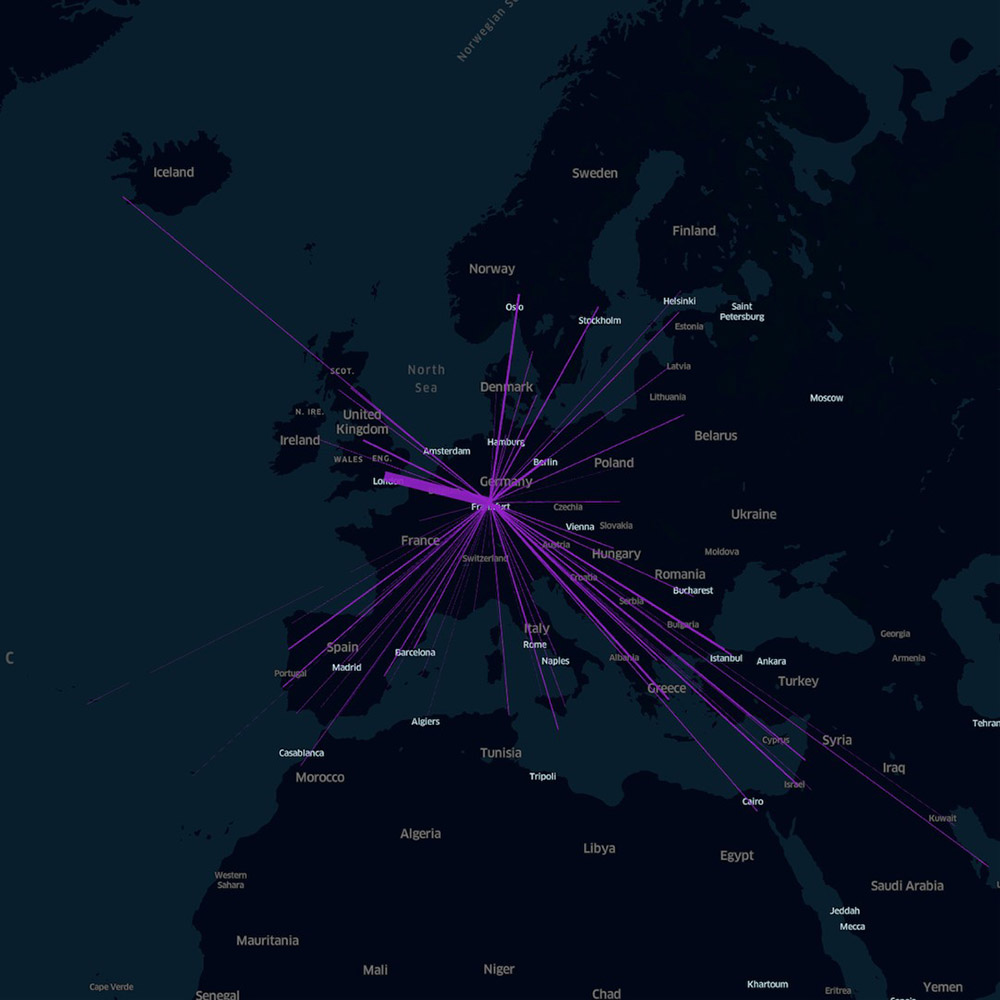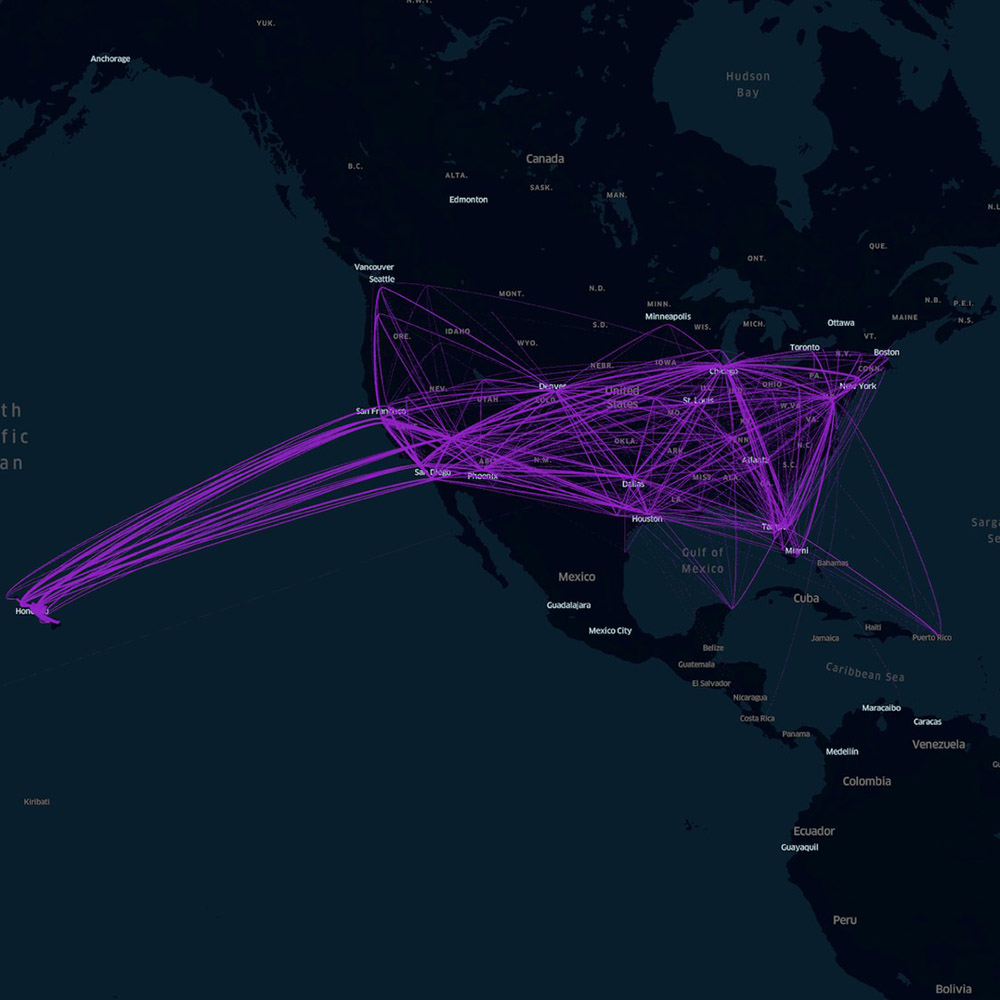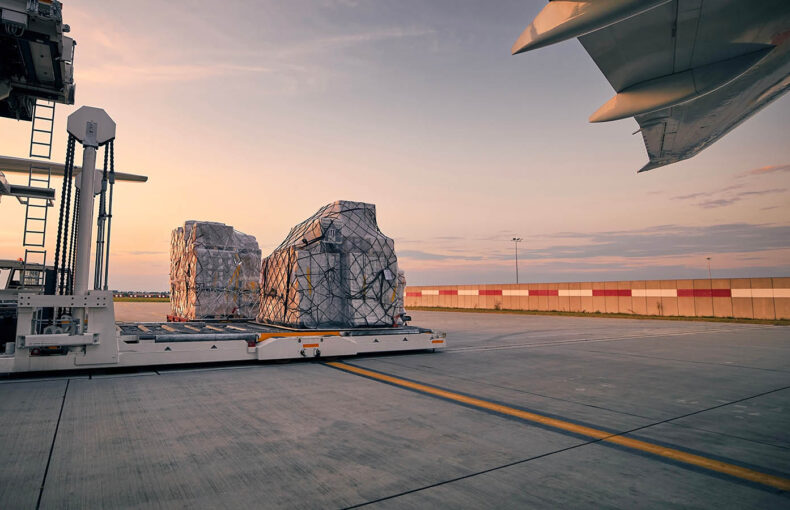Airbus NEO vs Boeing MAX race: New generation single-aisle commercial airline operations
The new generation of single-aisle commercial aircraft is a testament to the advances in technology and innovation within the aviation industry, representing a significant leap forward in efficiency, safety, and passenger experience.
Their highly advanced engines and aerodynamic features resulted in improved fuel efficiency, which translates to lower operating costs and reduced carbon emissions. Additionally, the aircraft is equipped with the latest avionics and safety systems, making them among the safest planes in the sky.
What is a single-aisle commercial plane and what differentiates it from other commercial planes?
A single-aisle commercial plane is a type of aircraft designed with a narrow fuselage, containing a single aisle running through the middle of the cabin, separating the rows of seats. These planes typically have two engines and are used for short to medium-haul flights, with seating capacities ranging from 100 to 240 passengers.
What differentiates single-aisle commercial planes from others is their size and purpose. Single-aisle planes are smaller and narrower than wide-body aircraft, which typically have multiple aisles and are used for longer-haul flights. Single-aisle planes are also designed for greater efficiency, with features like more efficient engines and aerodynamics that enable them to fly shorter distances with less fuel consumption. This makes them ideal for airlines operating on high-frequency, low-cost routes, such as domestic and regional flights.
The ultimate comparison of two iconic new-generation single-aisle aircraft operations worldwide – Airbus vs. Boeing
The Airbus A320 and the Boeing 737 family are among the most recognizable single-aisle commercial planes globally. In this blog post, we take a closer look at two iconic aircraft from each family, namely the A320neo and the B737MAX, and compare their operations globally. With thousands of orders from airlines worldwide, the A320neo is one of the most popular aircraft in production. Its aerodynamic improvements, including “sharklet” wingtip devices, reduce drag and increase lift, resulting in further fuel savings. Meanwhile, the B737MAX features advanced engines and aerodynamic improvements, such as split winglets and a redesigned tail section, that improve fuel efficiency and reduce emissions.
We analyze which single-aisle aircraft secures the leading position in each segment, including the number of airlines operating them, the number of flights performed, the number of active aircraft, as well as the top 5 routes and airports for both the NEO and MAX. Here are our main findings:
- The more widely used single-aisle aircraft is A320neo operating twice the volume of flights than the B737MAX
- A320neo operations are globally spread between two continents, Asia and Europe, while B737MAX is concentrated more in the USA and Central America (Mexico)
- Low Cost Carriers (LCCs) are the largest operators of both aircraft: Indigo for A320neo and Southwest Airlines for B737MAX
- The demand for MRO is centered around India for A320neo and Mexico for B737MAX
Airport-based operational insights on single-aisle aircraft
Shifting our focus from flight operations to airport-based insights, we leverage space-based aviation data to dive into the activities of single-aisle aircraft in one of Europe’s busiest airports, Frankfurt International Airport (FRA). By analyzing the volume of A320neo flights operated at the airport, we have created a visualization of all flights arriving and departing from Frankfurt International Airport in March 2023, highlighting the busiest A320neo routes. While London and Berlin remain traditional hubs, we are excited to observe Manchester’s rapid climb up the ranks. Interestingly, Athens and Oslo made it among the top five routes, likely due to increased travel during the Easter holidays.

A320neo operating from FRA
Moving on to B737MAX flights, we used space-based aviation data to visualize the most popular airport hubs of Southwest B737MAX flights. Data reveals that Hawaii and the routes between the islands are the most popular choices for this single-aisle aircraft, with the Los Angeles to Daniel K. Inouye International Airport in Hawaii being the most frequent.

Airports with Southwest B737MAX flights
How to quickly enhance your product features and gain access to improve your aviation data insights without relying on a development team and long data processing time?
From information-rich data on any aircraft type to competitive insights on flight operations and inbound or outbound traffic at a specific airport, space-based Flight Report data can help you gain a better understanding of top operators, airports, and destinations, as well as detailed route data and carbon emissions insights. Additionally, the data offers critical airline KPIs (OTP, cost and performance insights, fuel burn insights), fleet and aircraft utilization insights, as well as travel and cargo capacity insights.
With Spire Aviation’s new Flights Live & Events Stream API, you can access this information in a ready- and easy-to-use format without heavy data processing. Using these new APIs, we dived into new generation single-aisle commercial airline operations to provide you with a glimpse of what data you can gather to improve your analytics or operations.
 Written by
Written by


